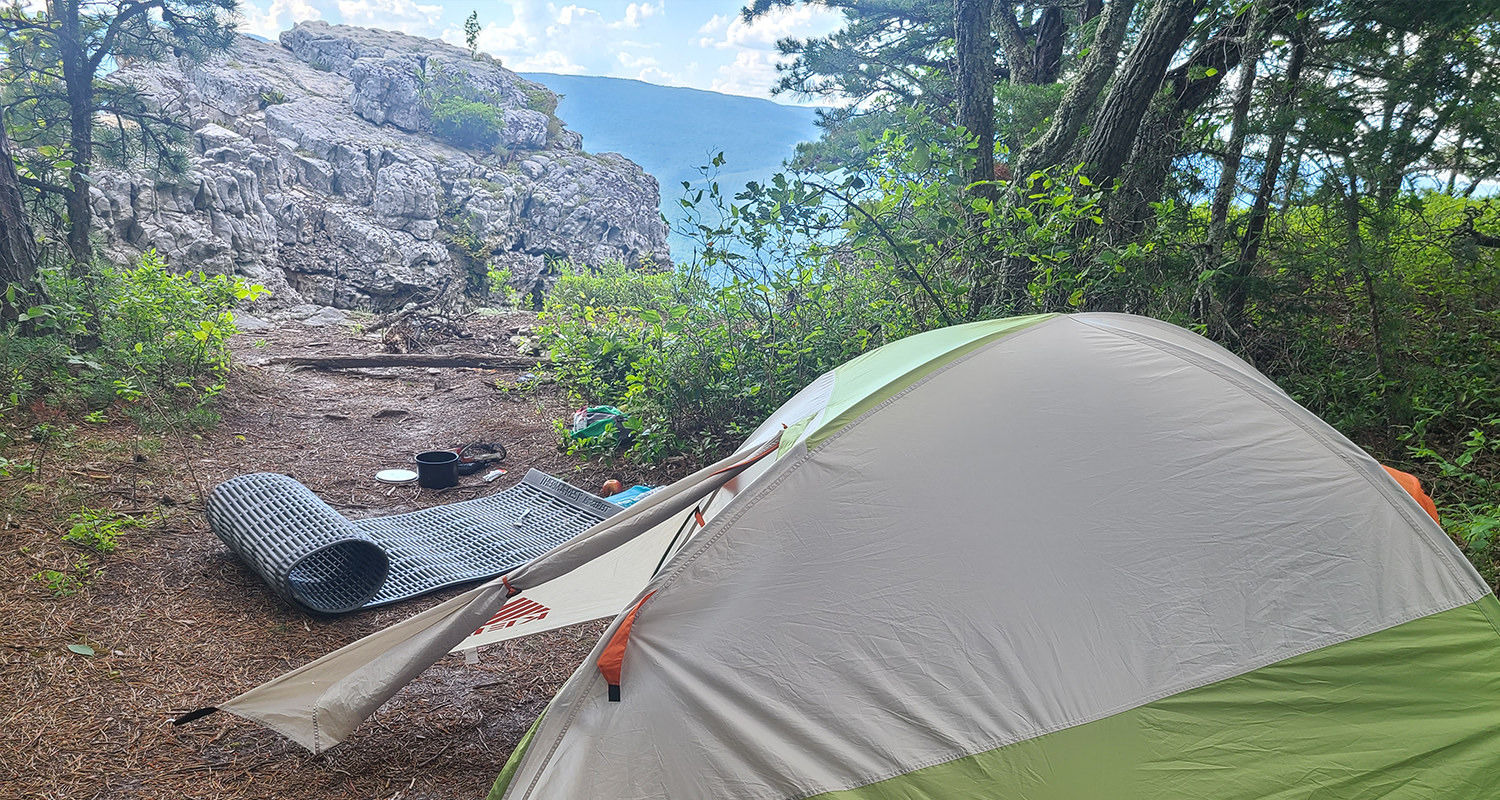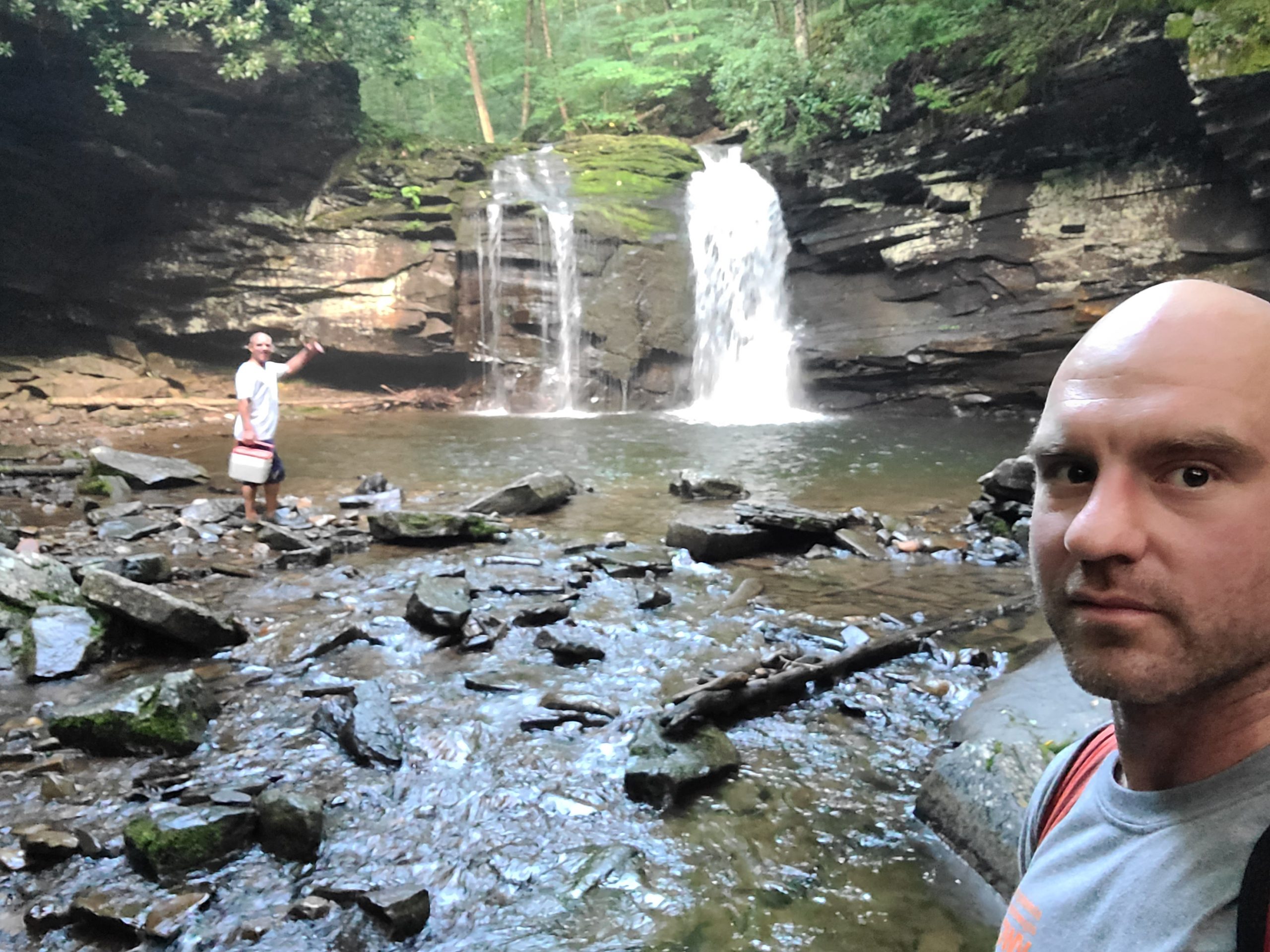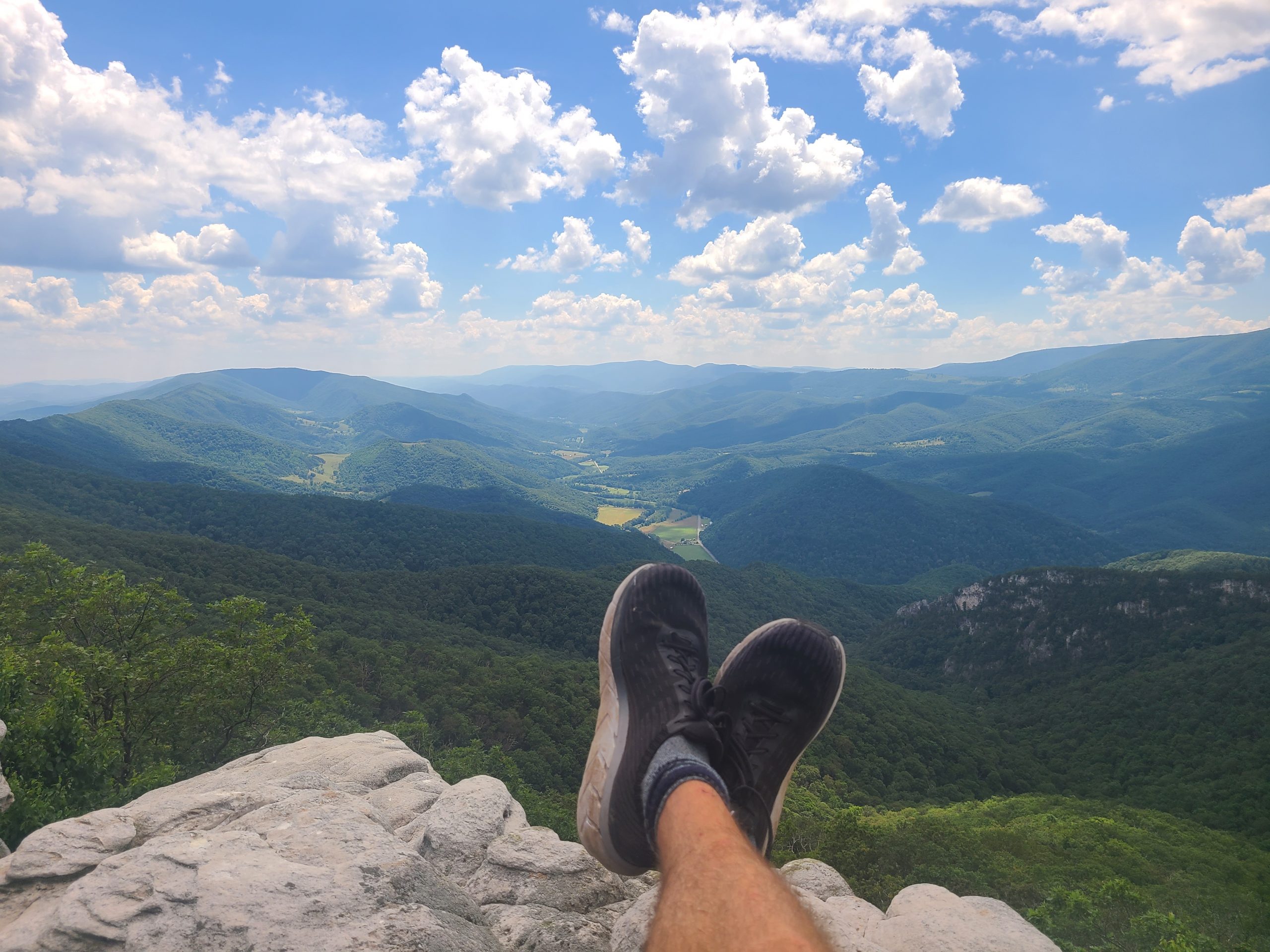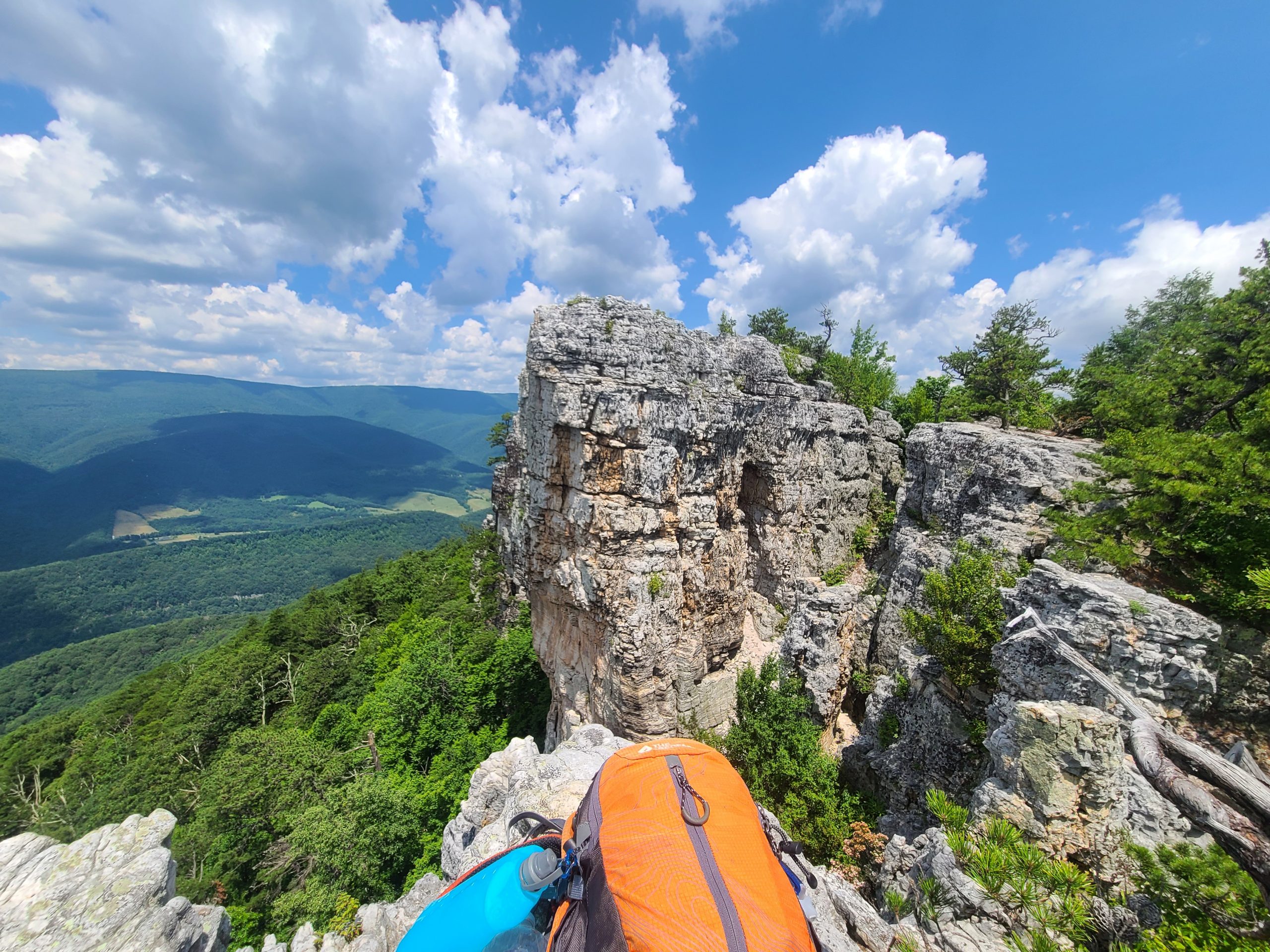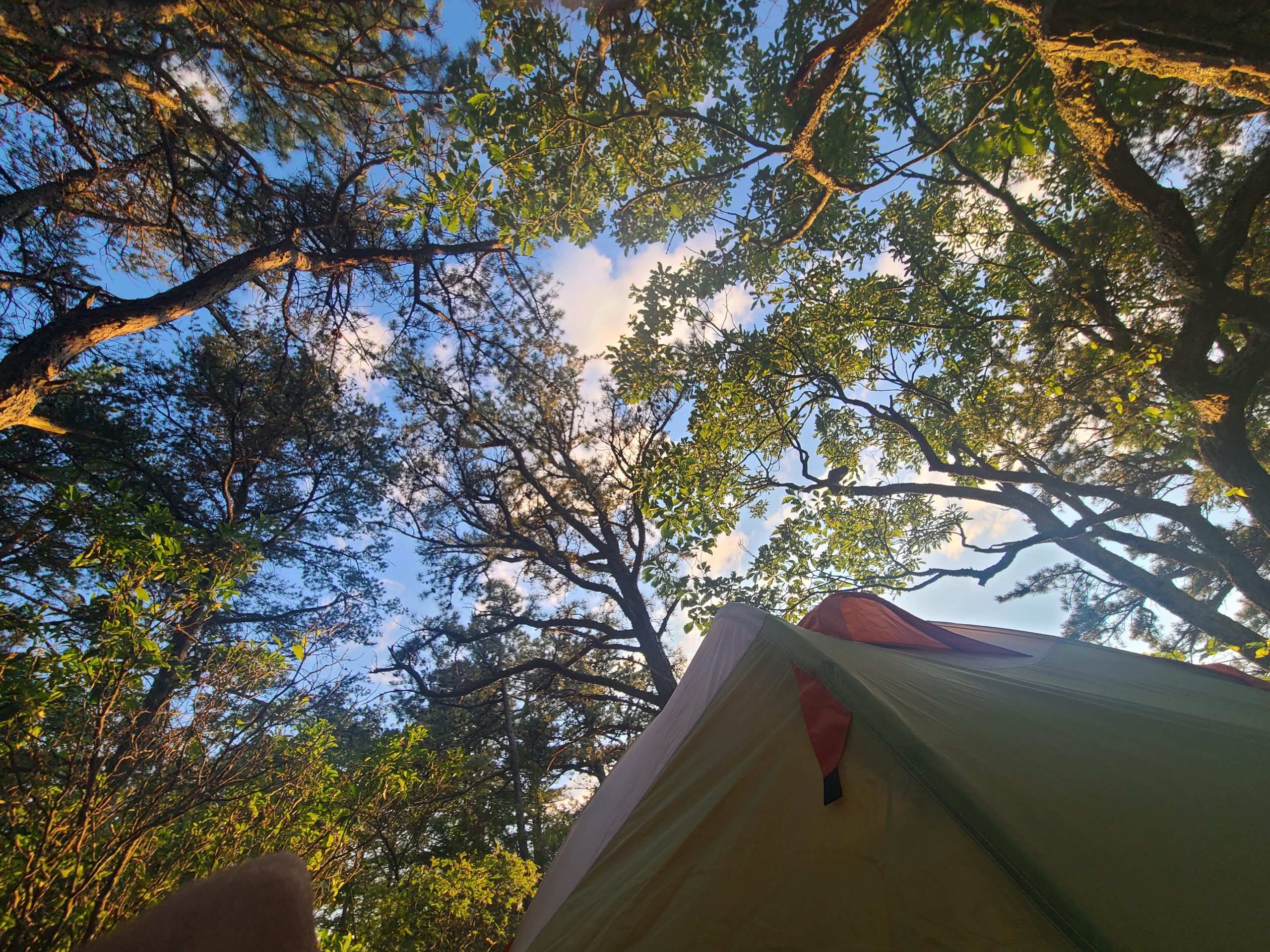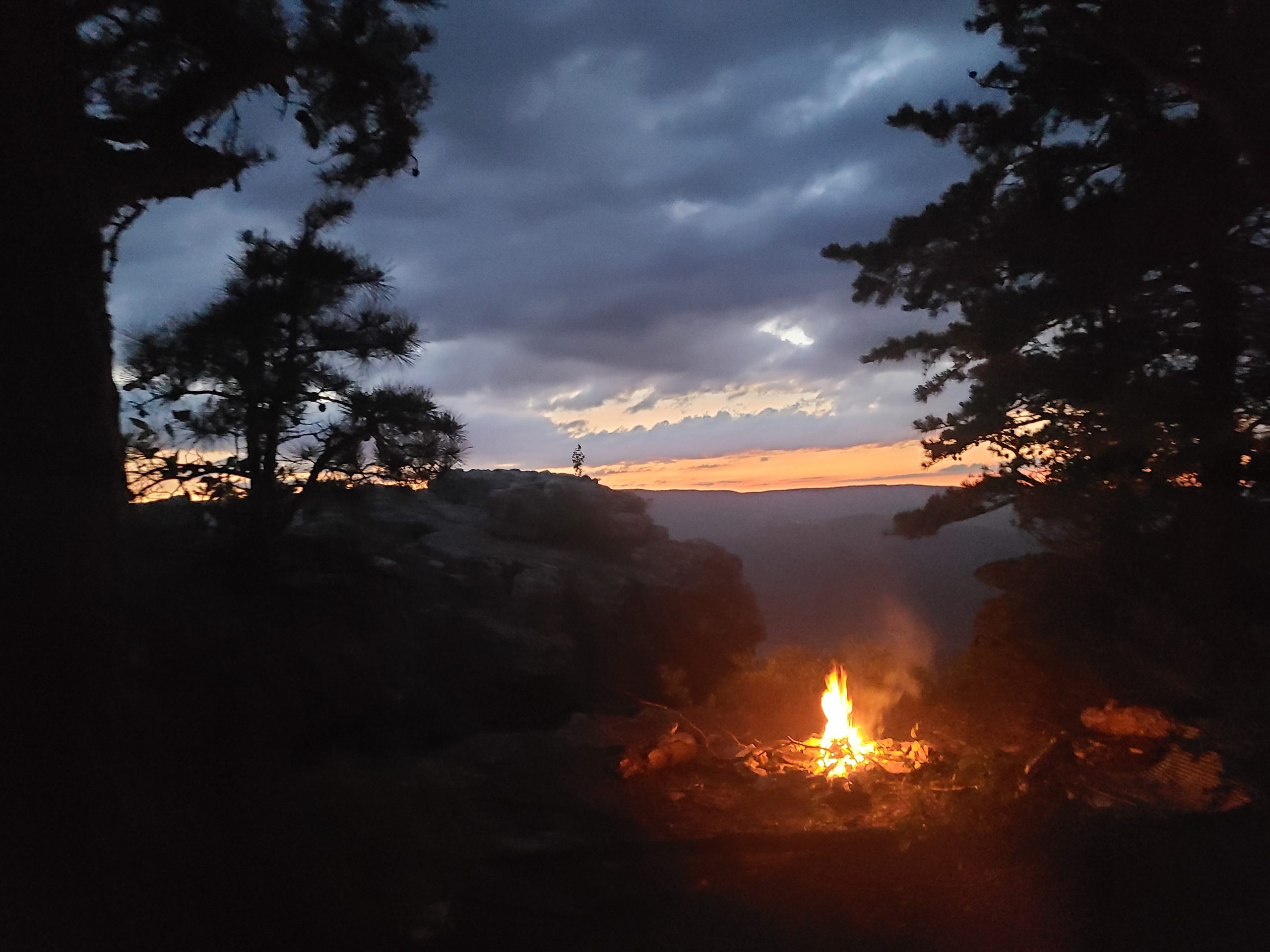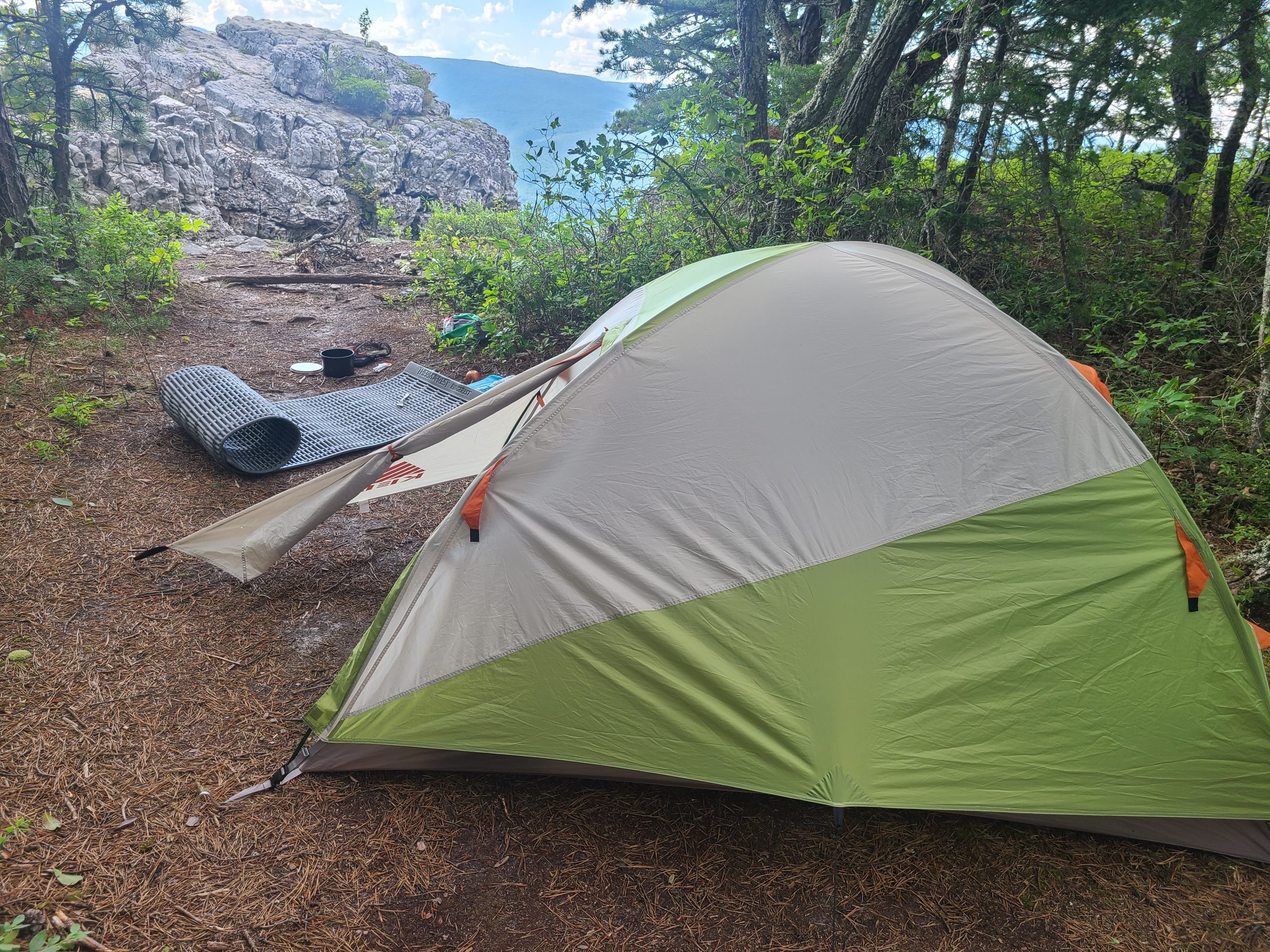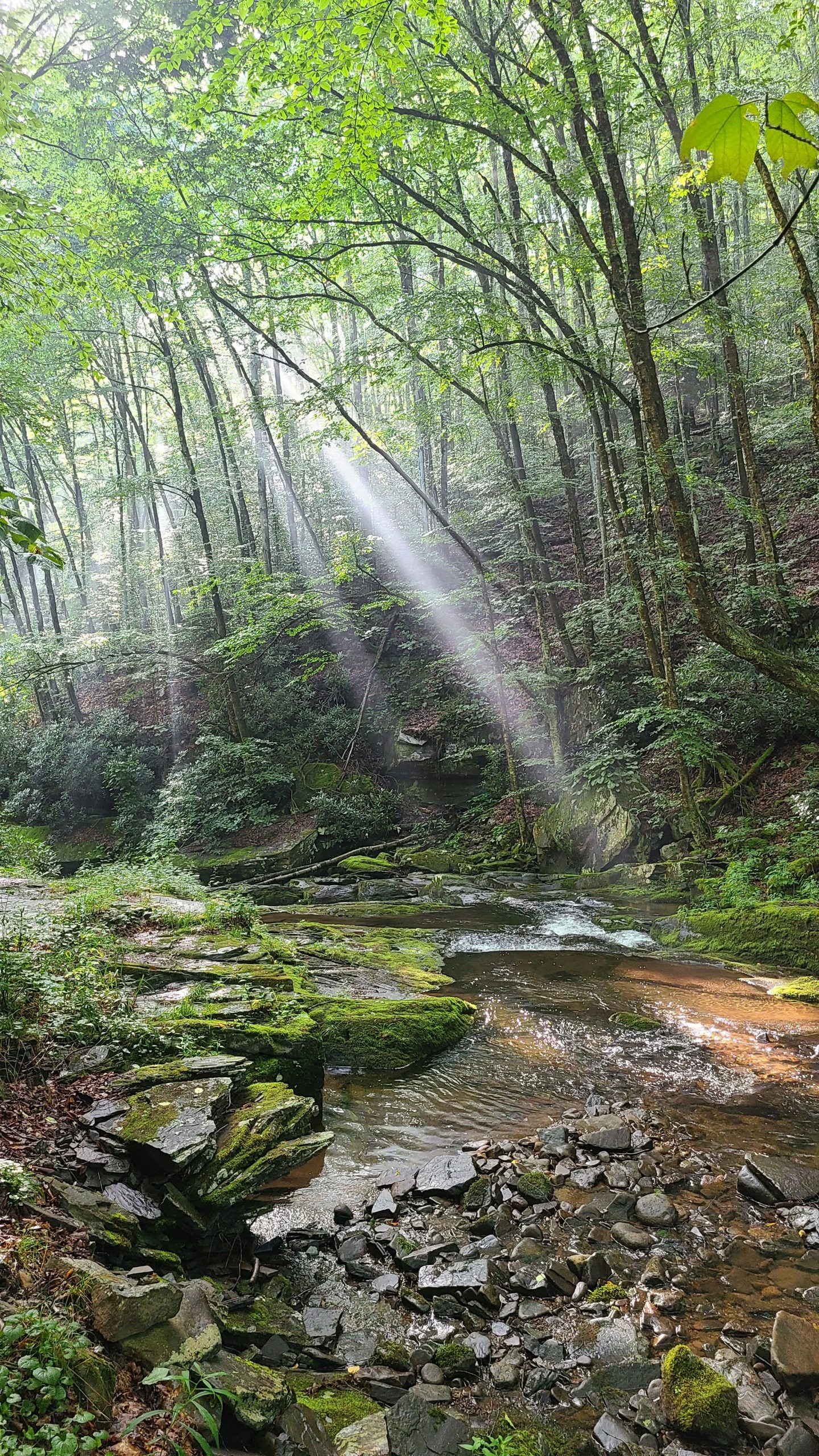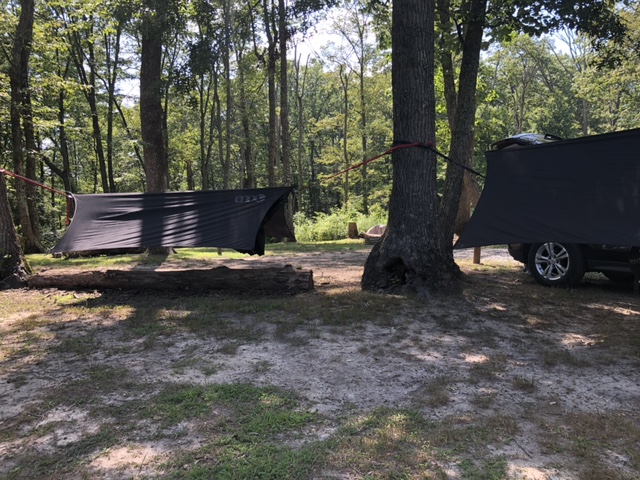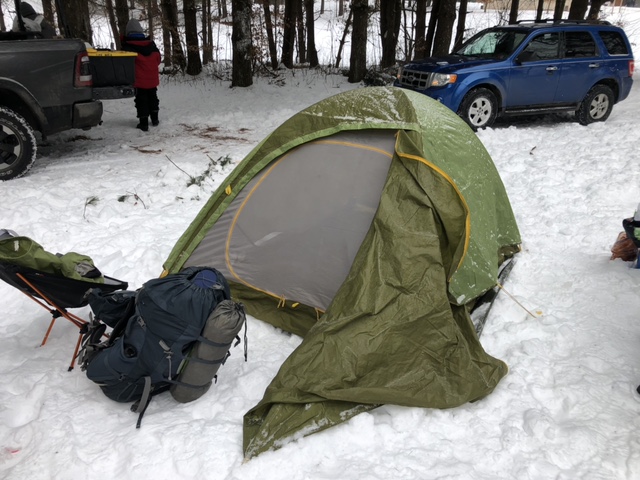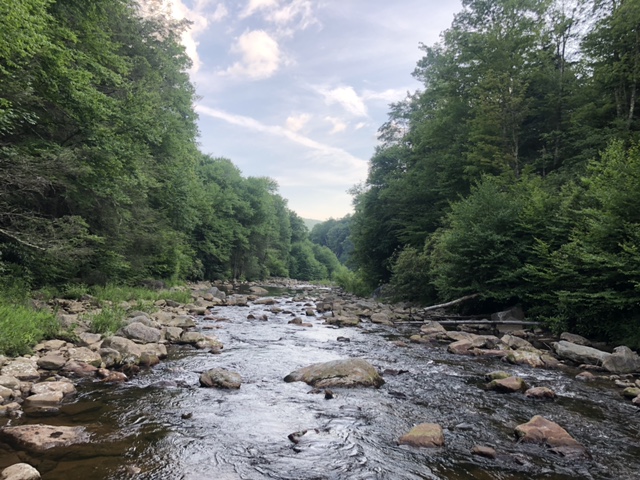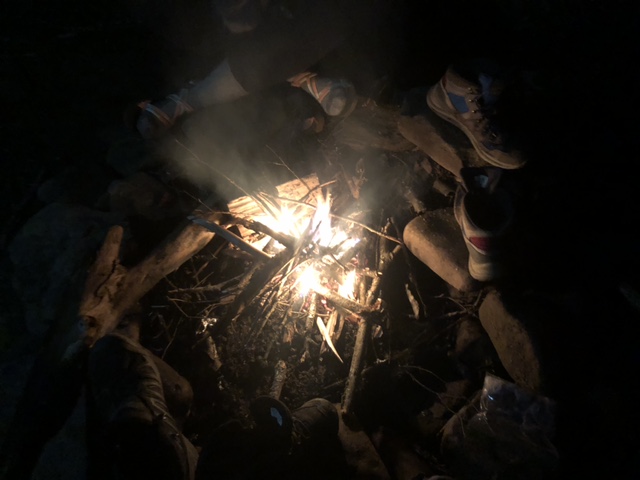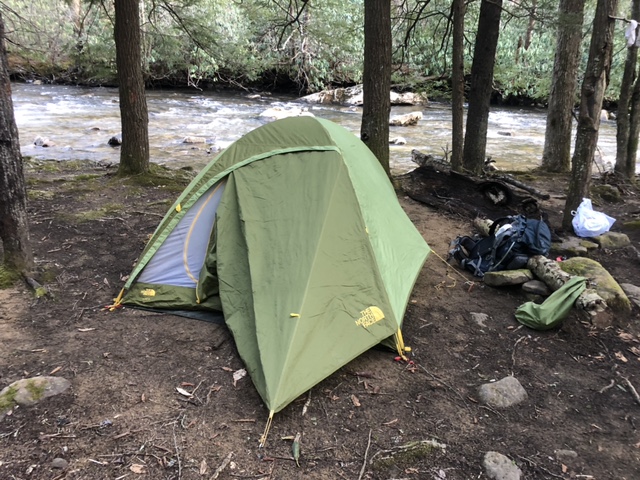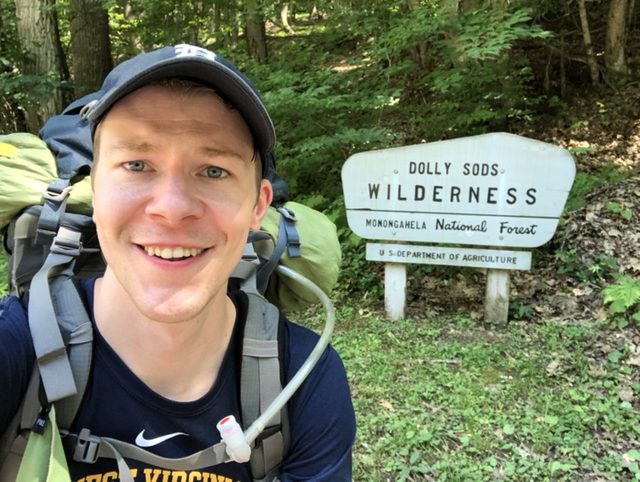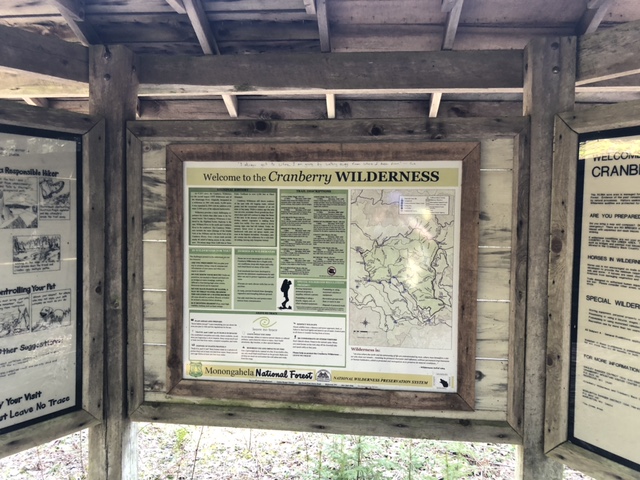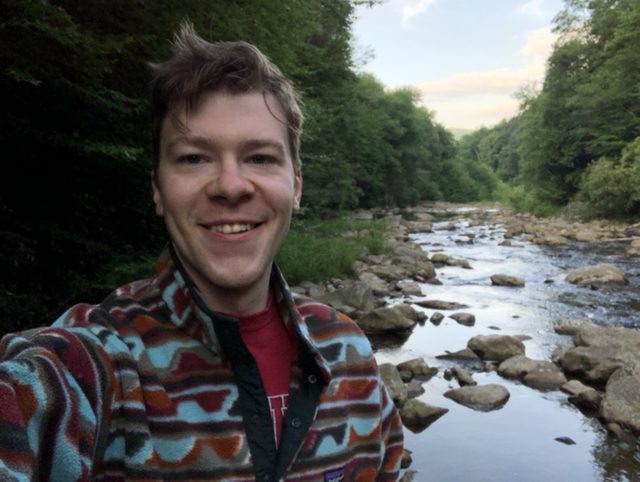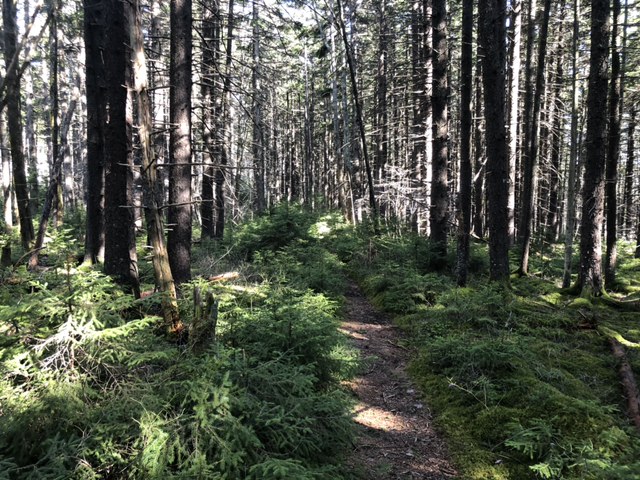As the weather turns warmer and summer closes in, many outdoor hobbyists are coming into their favorite time of year. The Ohio Valley and its Appalachian landscape have a lot to offer those seeking some fresh air and an escape from everyday life.
Wheeling resident and camping enthusiast Dave Thomas says his earliest camping memory was seeing his father use a shovel to rid their campsite of very large snakes. “One of the snakes had recently eaten and still had the prey-bulge in its belly,” Thomas recalls.
While for some that sight would be enough to quell any further desire to go camping, Thomas has kept up with the hobby for the last sixty years. He says he loves camping because it brings him closer to nature and takes him away from the grid and “human rat-race.”
Thomas enjoys regional camping areas like Hocking Hills, Barkcamp State Park and Racoon Creek State Park. For longer trips out of the area, Thomas says his favorite is Cape Henlopen State Park in Delaware.
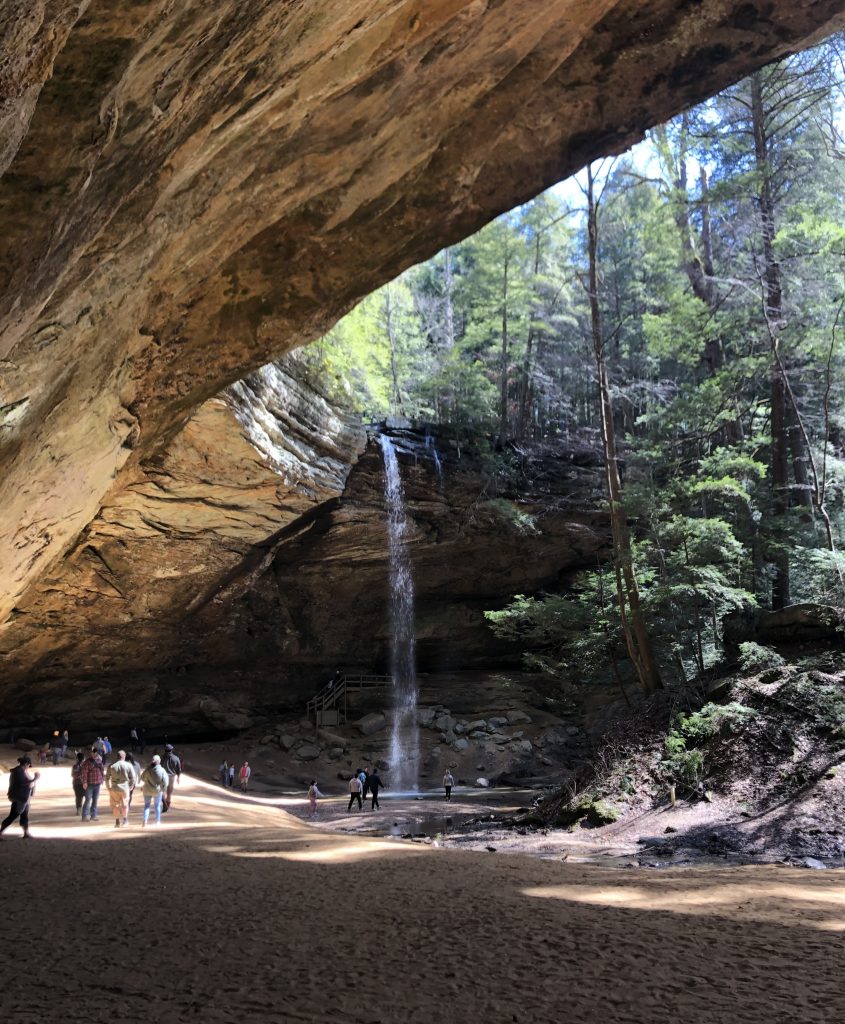
A retired Professor of English at West Liberty University, Thomas even found a way to incorporate camping into his curriculum during his teaching years. When he taught The Literature of Nature, he would often end the semester with a camping trip. Many of the students had never gone camping before.
“I had the opportunity to teach them how and where to pitch a tent, how to start a fire, how to avoid poison ivy/oak, etcetera,” Thomas said. “One year, an experienced camper gave a presentation on how to properly pee and poo in the wild. Her presentation was entertaining, but also very practical.”
For parents looking to instill a love of nature in their children, Thomas recommends the book “The Last Child in the Woods: Saving our Children from Nature-Deficit Disorder,” by Richard Louv. In the book, Audubon Medal-winner Louv discusses the links between “nature-deficit disorder” and the rise in childhood trends such as obesity, attention disorders and depression.
Another Wheeling resident and lifelong camper, Stefan Moray, recalls getting his start close to home.
“When I was much younger, I thought that just taking a bag with snacks in it and spending time in the backyard meant that I was ‘camping’,” Moray said. “My dad even built me a teepee using some wooden poles and blankets.”
In high school, Moray started backpacking with his friends and spent a few days of spring break at Dolly Sods Wilderness in the Monongahela National Forest. Backpacking differs from camping in that you are packing and carrying your camping equipment with you after each stop, and Moray says packing light is a must. He and his friends have made a tradition out of bringing boxed wine on their backpacking trips rather than canned or bottled beverages.
“Unlike beer, red wine doesn’t have to be chilled to taste good,” Moray said. “Also, the empty bladder can easily be packed in your backpack and the cardboard box can be used to start your fire.”
Though it is a longer drive, Moray highly recommends camping in the Monongahela National Forest in Southeastern West Virginia. The vast forest has many different wilderness areas that each offer its own attractions. Camping is free to the public and does not require a reservation. Campers simply hike in and find a site they’d like to use.
For those looking to stay closer to home, Moray recommends Tomlinson Run State Park in Hancock County and, like Thomas, Barkcamp State Park in Belmont County. Moray says both of these parks are good for new campers because they allow “car camping,” which can be a good introduction to the hobby.
At Tomlinson Run and Barkcamp park, campers can sleep in their cars and have access to restrooms and shower facilities. Both parks also have hiking trails, lakes and playgrounds.
“If you’re thinking of trying [camping], I’d recommend ‘car camping’ at a nearby state park first so you don’t have to worry about packing light,” Moray said. “And if you get caught in a downpour, you can always get back in the car and wait out the storm.”
Moray also recommends hipcamp.com as a resource for planning and booking your camping trips.
Another camper, Nick Musgrave, agrees with Moray’s endorsement of Tomlinson Run State Park.
“I am still exploring some of the places around the panhandle, but Tomlinson Run State Park is a hidden gem,” Musgrave said. “It is only about an hour from Wheeling, so it is perfect for a relaxing weekend outside.”
He also agrees that car camping is a great option for those new to camping.
Musgrave, who has been camping since he started Cub Scouts nearly 20 years ago, says the best way to get the most out of camping is to find what works for you.
“I personally love backpacking and going as remote as possible while plenty of my friends opt for RV or tent camping in parks that are much closer to modern comforts,” he said.
Musgrave says for him the most satisfying camping and being outdoors is unplugging and centering himself.
“I recently spent a couple of days backpacking in Pocahontas County, and the best part was the healthy isolation,” he said. “No cell service, no distractions… just good friends and clear air.”
• Wheeling native Jennifer Materkoski is a graduate of West Liberty University and Kent State University, where she earned a master’s degree in journalism and mass communications. Before beginning her current role as director of communications and employee engagement for a global business process outsourcing firm, Jennifer worked in local media and non-profit communications. She is a current board member of Generation Wheeling, also chairing the organization’s Work Committee. She lives in Wheeling with her husband, Rich, and her three children: Mason, Mercer and Miller.


